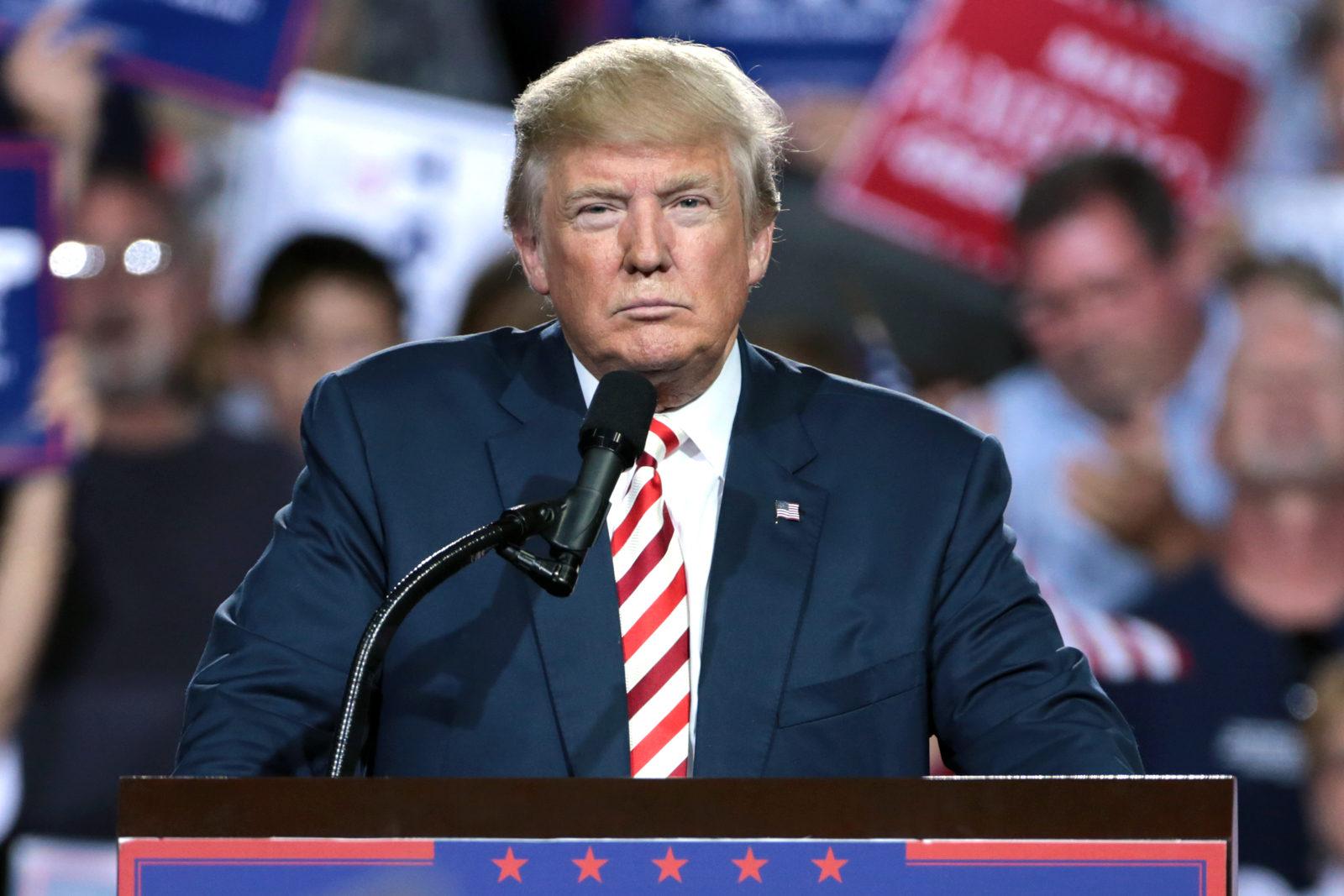For-profit universities have been scamming and swindling unsuspecting students for as long as they’ve existed. Many of these schools are unaccredited — providing students with credits that can’t be transferred and degrees that can’t be used. In 2015, former President Barack Obama began waiving debts of students who were taken advantage of by these schools, helping tens of thousands of students get relief. Then President Donald Trump took office, and all of the unprocessed applications were put to a halt, throwing 65,000 people into a state of financial uncertainty.
The Boston Globe published an article Monday telling the story of Kennya Cabrera Garcia. A resident of East Boston, Cabrera Garcia emigrated from El Salvador in 2006 with her family. The first thing on her to-do-list in America? Find a job.
Cabrera Garcia began to fill out applications as soon as she arrived in the states, and in the hustle and bustle of the job-hunt, Cabrera Garcia checked a box agreeing to share her information with the Everest Institute, or at least that’s what she suspected.
The for-profit university began calling Cabrera Garcia weekly. Soon, she started noticing Everett in ads on TV too. Finally, after visiting campus, Cabrera Garcia decided to enroll in the school, hoping to find a job in medical billing. Upon receiving her diploma in 2009, she discovered that the degree was in essence, a sham. Very real, however, were the thousands of dollars of loans she took out to get it.
The majority of colleges and universities in the United States are nonprofits — putting the revenues they earn right back into the school itself. A small minority, however, operate on a different model. These for-profit colleges are first and foremost, businesses. Though not inherently suspect, these schools have become the laughing-stocks of higher education — with more of a reputation for scamming students than of educating them.
For-profit colleges are not usually founded with malicious intents. They are simply an alternative way to think about higher education — with colleges accountable to profit-driven owners rather than a financially disinterested board. But plagued by temptations to cut corners and cross moral lines, these schools are quick to attract problems.
We’ve seen example after example of these schools targeting students who don’t speak English — students who don’t really understand what they’re getting into. The owners of these institutions should know better. It’s exploitation. It’s fraudulent. It’s just plain wrong. And of course, it is being supported by our federal government.
But why are we surprised — U.S. Secretary of Education Betsy DeVos is an outspoken advocate of for-profit universities, and Trump literally owned one — not the harmless, alternate business model kind either, but the corrupt, has-faced-criminal-charges kind.
It’s not that we need to go out and ban private universities — they have the right to exist. However, we do need to stop enabling them. The federal government should not be giving Department of Education loans to students they know are being taken advantage of. They should not be letting students get taken advantage of at all. For-profit colleges don’t just need a little more oversight, and maybe some regulation here and there — they need a full-scale crackdown.
This kind of intervention will cost a few dollars, sure, but it cost us a few million dollars to forgive the debt of the thousands of people who were scammed. Creating a system where students are able to trust the schools they’re enrolling in is easily worth the cost.
Obama’s 2015 loan-forgiveness policy provided a light at the end of the tunnel for thousands of students who had fallen victim to these for-profit traps. These students graduated from colleges they had trusted to provide them with a meaningful degree, but instead got a diploma that was virtually worthless, and a lifetime of student loan bills they wouldn’t be able to afford. Obama’s program was providing these people a little relief, but then Trump took office, and on a whim, took all that away.
Trump has built his brand on money. He will do absolutely anything to make his administration look good, anything to “Make America Great Again” — except raise taxes on his rich friends, that is. Poor people, immigrants and people who don’t speak English, on the other hand, he couldn’t seem to care less about. Sixty-five thousand people are in financial limbo — their entire livelihoods on the line — and all Trump can be bothered with is what the GOP might think if he didn’t slash a policy that had Obama’s name signed to it.
This polarization has been the reality of American politics for a long, long time, but never more so than in the current administration. It’s such a small thing in the scheme of our unimaginably huge national budget. Sixty-five thousand isn’t that many people in the scheme of the United States, but for those 65,000 people, that policy made a world of difference. Trump is acting on principle, but yet again, that principle is a small minded one, not one of kindly assistance which we so desperately need.





















































































































